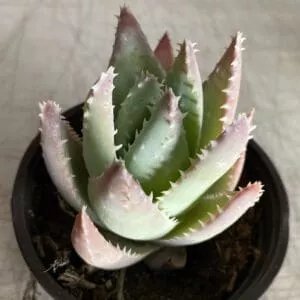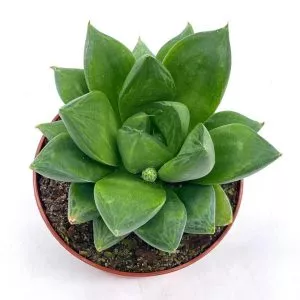No products in the cart.
Table of Contents
Orchid plants are quite adorable especially when they produce their showy blooms. Naturally, they’re known as epiphytes which collect air and nutrients from the air. However, when cultivated, feeding them with fertilizer is a standard practice by experienced orchid growers to encourage them to bloom.
This time, Plantly will guide you on how to use and apply orchid fertilizers to help your orchids grow healthy and produce more flowers.
Why Do Orchids Require Fertilizer?
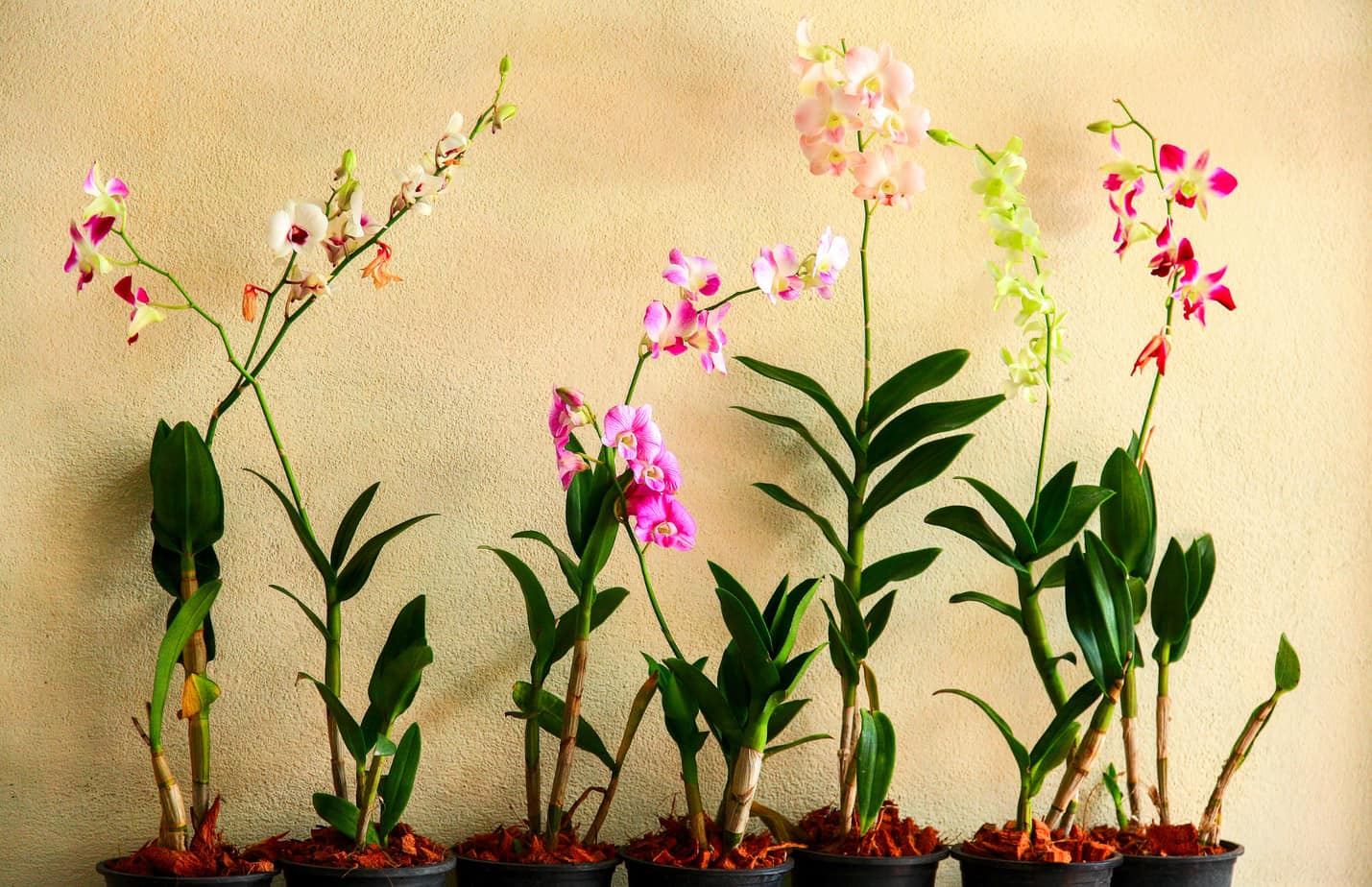
I know you’re curious about the need to fertilize orchids. Haven’t I mentioned that they’re epiphytes? You might be wondering how these outdoor plants, which can collect food from dust and debris in the air, would benefit from additional orchid food.
Well, this is the case if they’re in their natural habitat. However, when they’re cultivated, they need extra supplements to boost their growth and flowering. And from the point of view of commercial production, orchid plants with larger flowers are more expensive.
Now, if what you have are indoor orchids that you cultivate for your pleasure, adding orchid fertilizer is a big help too. As you know, other nutrients may not be available in its current location, leaving it lacking some trace minerals.
Every plant needs to have access to the macroelements and microelements to live. Even if just one of these is lacking, your orchid plant will suffer from nutrient deficiency. You can detect symptoms on its leaves as they become chlorotic and/or necrotic, depending on what nutrient is particularly lacking.
Other than that, you’ll find trouble getting your orchids to produce more flowers if they lack nutrients. For example, macro-minerals such as nitrogen, phosphorus, and potassium are very crucial for plant growth. Nitrogen is best for leaf growth, and phosphorus for the strong root system and bud development while potassium is for overall health.
Other elements such as calcium, magnesium, sulphur, molybdenum, manganese, iron, boron, folic acid, zinc, copper, sodium, and chlorine are all equally important nutrients. They must be present in the orchid’s potting medium for the whole plant to utilize.
But don’t get us mistaken, orchid fertilizers will work best only when used in moderation. Too much fertilizer can also harm the plant which could even lead to instant death. Remember that your orchids aren’t as heavy feeders as your other flowering plants. So, it’s best to know the right amount of fertilizer to use as well as the frequency of application and the perfect time to do it.
When Should You Fertilize Orchids?
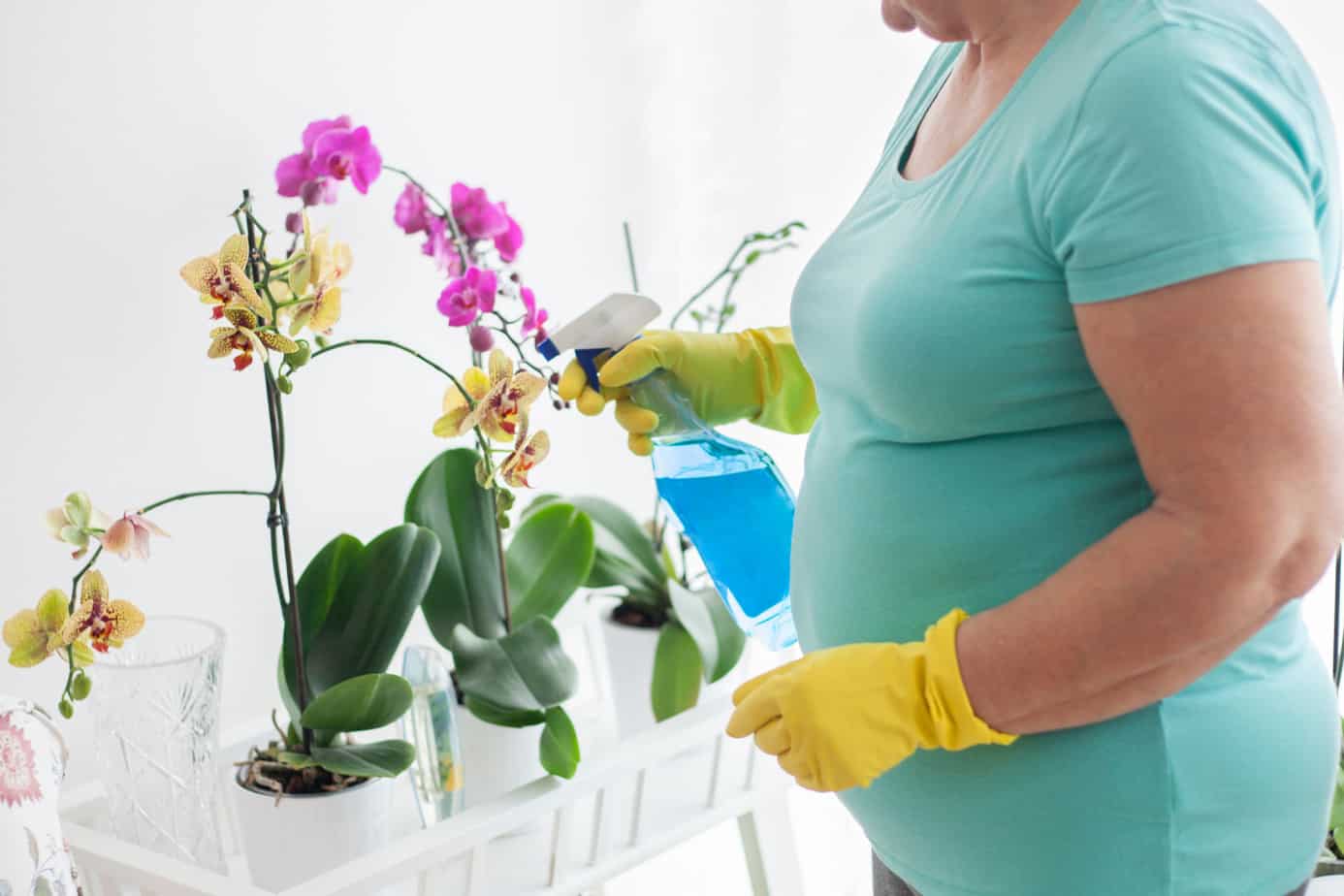
Timing is important when it comes to the proper application of orchid fertilizer. In this regard, knowing the growing cycle of epiphytic orchids is helpful. There are times when the orchid growth is focused on their leaves, then on their flower spike, and then on their roots.
To attend to all of these growing stages, provide an orchid fertilizer in a regular but controlled manner. This means that you should apply only a weak fertilizer solution at a weekly interval. This technique works best in promoting overall orchid health as well as preventing the danger of fertilizer burn.
Apply an orchid fertilizer before the plant starts showing flower buds. This phase is known as vegetative growth wherein the plant is focused on growing and developing leaves, stems, and healthy roots. Once the orchid blooms, you must withhold the application of orchid fertilizer. Wait for it to complete this cycle and enter the active growing stage once more before you fertilize again.
Many orchids have a long period of flowering. So, the waiting period normally varies from 60 to 120 days.
Pro-tip: Designate a time intended for flushing out the salt build-up in the soil of your potted orchids. Remember that ready-to-use commercial fertilizer would tend to leave salts in the soil. This could lead to toxicity. Make sure to leach them out of the pot through repeated flushing of water.
5 Steps in Fertilizing Orchids
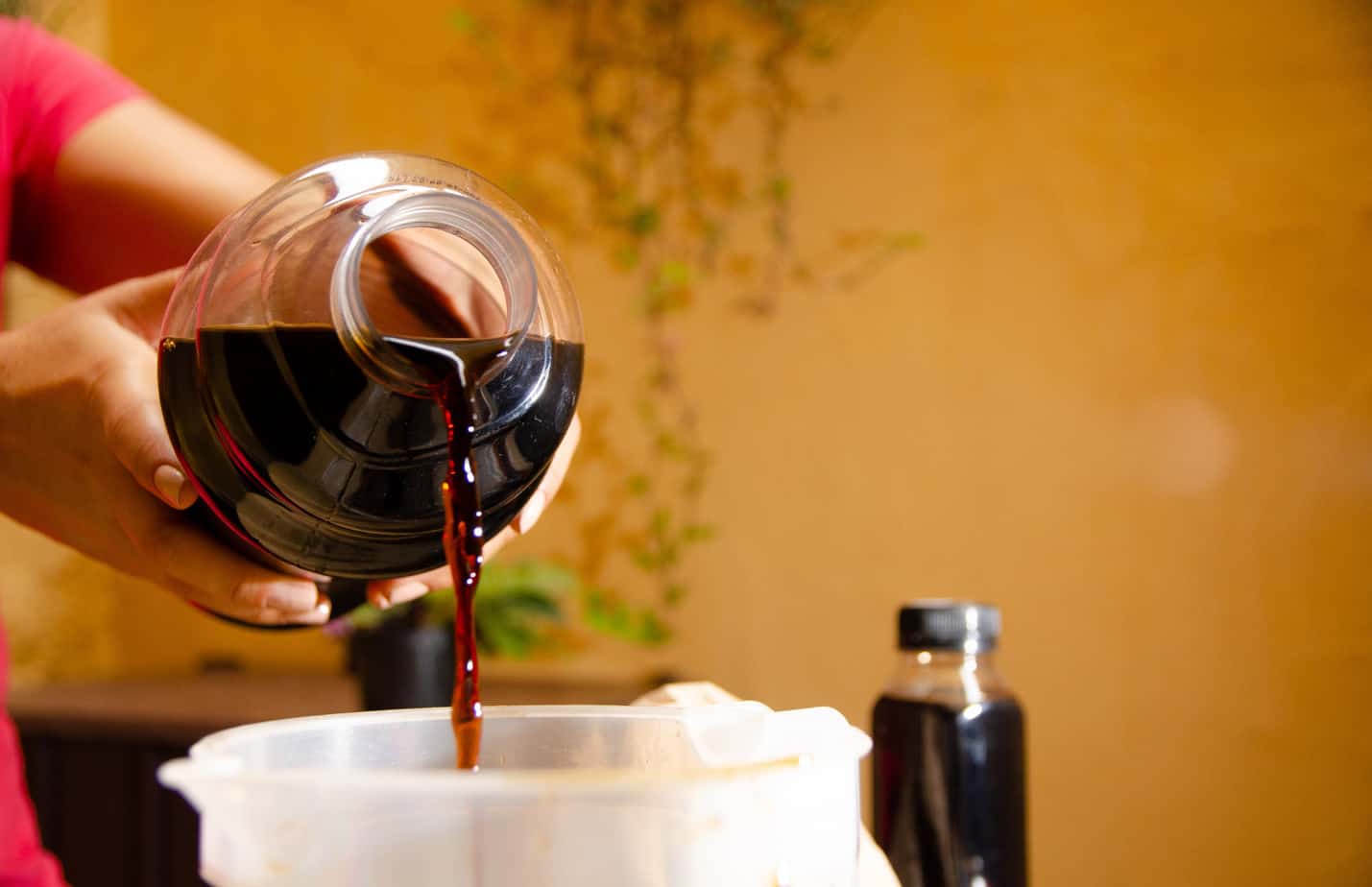
To keep you guided, the following are the simple steps on how to properly apply orchid fertilizers.
Choose an orchid fertilizer that has a balanced content of NPK. It doesn’t matter if it’s a water-soluble fertilizer, liquid fertilizer, or granular fertilizer. Mix it with water to dilute its concentration to about a quarter. Be careful to follow the instructions on the label.
Some growers opt to use organic fertilizer. Examples are banana peels, rice water, eggshells, and organic concoctions. These are all acceptable, however, they are slow-release and would require time to take effect.
Slowly pour the liquid fertilizer into the pot on the potting mix. Most fertilizers are intended to be consumed through a soil medium. Avoid applying them on the leaves to prevent burning them. It helps to use a container with a narrow snout.
However, if you’re using an orchid fertilizer that’s intended for foliar application, you do it through misting. The manner of application varies from one brand to another. But always remember to dilute the fertilizer solution.
Feed your orchids weekly but make sure not to overfertilize. If you notice that the leaf tips are turning brown after feeding, that’s a sign of fertilizer burn. Immediately leach excess fertilizer through the flushing of water.
Remember not to water the orchid right after you fertilize. This would only defeat the purpose of adding nutrients. Let the plant utilize them first. If you wish to water, do it before fertilizer application.
Withhold orchid fertilizer once your indoor plant starts producing blooms. As mentioned earlier, orchids will reap more benefits if you apply the fertilizer during their vegetative stage.
Start fertilizing again when your orchid resumes its active growing stage. This is when new buds of leaves and new roots start to show.
As you notice salt build-up on the soil, designate at least two weeks of leaching them off. Use pure water to flush them out of the soil and the pot. Do this repeatedly over the next few days.
Whether you want to buy, sell or simply reach out to other plant enthusiasts, Plantly is the right place to be!
In stock In stock In stock In stock
$25.99
Sold By:
Succulent Oasis
Medium Crocodile Aloe or Aloe Previfolia
Only 10 available and it’s in 1 people’s basket Rated 4.84 out of 5 based on 352 customer ratings00
Sold By:
Succulent Oasis
$12.99
Sold By:
BubbleBlooms
Watermelon Pilea Cadierei, Aluminum Plant, 4 inch
Rated 4.81 out of 5 based on 279 customer ratings00
Sold By:
BubbleBlooms
Free Shipping
$20.00
Sold By:
Blessed Family Farm
Live Basil Plant
Rated 4.82 out of 5 based on 22 customer ratings03
Sold By:
Blessed Family Farm
$11.99
Sold By:
BubbleBlooms
Haworthia cymbiformis, Cathedral Widow, Rare Haworthia, 3 inch pot, well rooted
Rated 4.81 out of 5 based on 279 customer ratings00
Sold By:
BubbleBlooms
